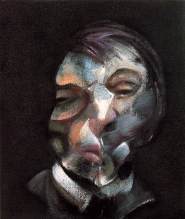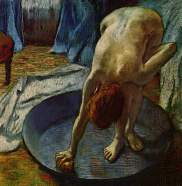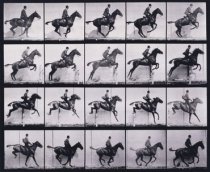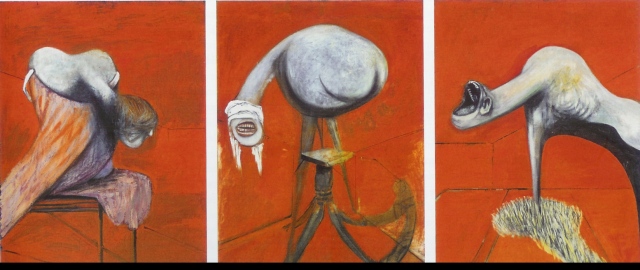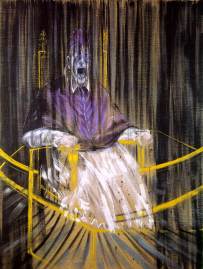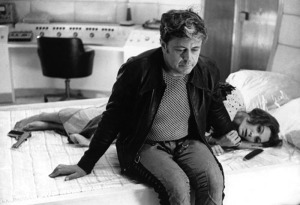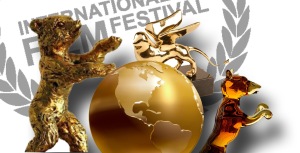This is the transcript of my introduction on “Certified Copy” prior to its screening as part of the special tribute to Abbas Kiarostami in “The Australian Film, Television and Radio School” on 2nd of Oct 2016.
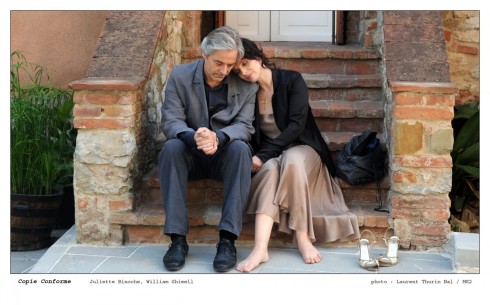
Thank you my friend Amin Palangi for your kind words and also for holding this session in tribute to the great artist Abbas Kiarostami by screening one of his latest and in a way one of his unusual works “Certified Copy”.
Tonight I’m filled with mixed emotions and thoughts and I will try to somehow share that with you as an introduction to the film.
First of all, I am thrilled and excited that I have the honour and chance to talk about Kiarostami and his movies in specific, especially in a place like AFTERS that is the generous home to many Australian Film-makers and Cinephiles. But at the same time I’m devastatingly sad because we holding this sessions when he is not among us. As many of you may know Kiarostami unexpectedly died at 76 in July this year due to something that seemed to be a simple medical condition but turned to be complicated afterwards and there is still lots of arguments and discussions about that in my country and also in the world of cinema. It makes this question inevitable that why we waited this long to get together to discuss about his cinema and his way of looking at life. but then as one of my friends suggested sometimes Death puts the final signature on the artist’s whole achievements which in turn opens up the opportunity to look at him more comprehensively! regardless, I’m not alone to say that I tribally miss him and the pleasure of waiting for his new film to come!
Abbas Kiarostami, born in 1940, he left home to study at the University of Tehran School of Fine Arts before 18, majored in painting and graphic design that even though it helped him in many stages of life and shaped his picturesque frame of his movies but never turned to be his main career, he never get tired of calling himself “a failed painter”, the fact that in reality took 18 years for him to change his pathway in life. In 1970 he made his first short movie in the Institute for Intellectual Development of Children and Young Adults (Kanun) in Tehran, called The Bread and Alley. A film that retrospectively you can see many of his future elements in that. Since then he made about 45 short and fiction length movies which cover a vast verity of subjects matters and styles as he never considered himself professional. He sincerely believed that you should not be a “Master” in Art and Cinema. You can be such a thing in certain skills and jobs, an expert technician, an expert manufacturer or a master engineer but to be an expert artist means that you do your creative job as like a career, not filled with amusement and wonder, but mechanically assembling pieces of work. And so he was trying to be different in each movie and continuing experiments with his selected themes! he loved to wander about finding the right style for his subject matters. His legacy in the world of cinema started by Taste of Cherry in 1997 when he won the Palme d’Or (Golden Palm) award at the Cannes Film Festival. It is the drama of a man, Mr. Badii, determined to commit suicide and is searching to find someone who can burry him after death or save him if he remains alive! The film involved themes such as “morality, the legitimacy of the act of suicide, and the meaning of compassion” which all were and still are confronting and shocking. It was just after this award that the Cinephiles and the festivals around the globe started discovering his other films. Films like Close up (1990) which by the way will be screening shortly, I guess next week in the Antenna Film festival and I strongly suggest you to see that if you haven’t seen that before, The Koker trilogy including “Where Is the Friend’s Home?”, “And Life Goes On” and “Through the Olive Trees” which are related to a village in north of Iran called Koker and the tribble 1990 Manjil–Rudbar earthquake, in which 40,000 people died. and list of his movies goes on. Here of course I’m not going to mention all his films and their importance as I can easily refer you to a useful website called Wikipedia where you can find all these details and much more.
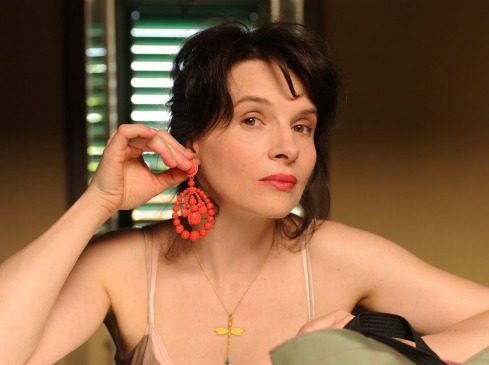
But tonight I would like to briefly pause on Certified Copy and its importance among Kiarostami’s movies. and here it comes another one of my mixed feelings; I’m super glad to represent Certified Copy which I believe is one of his finest in story telling that encompasses elements of Kiarostami’s key concepts in his view to the life and being. And yet I extremely feel sorry for someone who is going to see this movie as his or her first encounter with Kiarostami’s world because it has nothing to do with what we know about his style in general and his stories in specific. Kiarostami’s stories in general are all stories of simplicity and character based in contrast with event-based usual stories. Often the story can be said in one line; look at Where Is the Friend’s Home? “a boy realises that he accidentally brought home a notebook belonging to one of his classmates and so he goes looking for his classmate”. or “Ten” where we see 10 episodes in a car which in them the main character talks to her son, her friend and so on. What gives the depth to Kiarostami’s movies are not the complicated storyline but the emotions and thoughts that has been wrapped in the movie. After the Cannes’ award of the “taste of cherry” the American film critics divided into two distinct groups; the ones who loved the film liked Jonathan Rosenbaum and Dave Kehr and the ones who hated the film like Roger Ebert and Andrew Sarris. Ebert said at the time “I thought I had seen an emperor without any clothes”. But Roger Ebert also mentioned something that here may clarify my position (well somehow!), “ A case can be made for the movie, but it would involve transforming the experience of viewing the film which is excruciatingly boring into something more interesting, a fable about life and death.” Which in principle suggest that we have to watch Kiarostami’s films differently or at least not in the same way that we see main stream movies. Godfrey Cheshire wisely tried to solve the puzzle by addressing both fronts in his remarkable article in Cineaste magazine; He said to the opposing team “ Realise that the order in which you approach the films is crucial to how you understand them” as he assumed this front is basically are the ones who just saw the Taste of Cherry and not for example the Koker Triology which has a very essential role in understanding Kiarostami’s world. At the time, Kiarsotami’s latest movie was The Wind will carry us, and today I can not be more agree with Godfrey when I representing Certified copy to the new Audience of Kiarostami. and he said to the overjoyed fan critics “Don’t neglect the Iranian context or underestimate its importance.” and by that he refers to the cultural frame of reference in Kiarostami’s movies which has nothing to do with Antonioni’s world as Jonathan Rosenbaum for example suggested. and to add to this, here is my notion; we have a new generation of movie spectators, these are the ones who does not come to movie just for fun, or date, these are the ones that seeing the movies as an art, eventually, as something that deals with the meaning of life, something that gives meaning to the life and being! and for them Kiarostami with his simple, poetic and enrich realism can be the answer. But is certified Copy has anything to do with what I said! well! not quiet! because here we have a story with some twist and turn that makes you bewildered what’s going on rather that sink into what you will be witnessing and this is one of the reason the movie might not be the right start point for someone who just started to know Kiarostami. But before some of you leave the theatre, I’m going to pinpoint some of the factors that make this film a great movie on its own that certainly worth watching!
Last week I had the pleasure of being among the audiences in the Sydney Oprah House where Stu Hunter, a rising star in modern jazz, Australian producer, pianist and composer and also Lior, an independent Israeli- Australian singer-songwriter came to perform but also share their thoughts on the concept of active listening! The main point was the fact that we have been surrounded by music everywhere in a way that we often can’t hear it! we listen to music but it’s just an allowance to fall into our own dreams and other issues in hand! This is what it may called passive listening in contrast to the kind of listening which involves our attention all the time, the one that help us to empathy with music, with notes. And as you know having have empathy does not mean being agree with that! it means being open enough to understand the other! to grasp an interior entrance to the artist’s world! and to put aside our beliefs. being in the moment with empathy! What I would like to add to this is the concept of active viewing! Because the situation is not much different when it comes to movies! But remember that because film is the mixture of picture and sound, it demands active listening as well as active viewing! here I won’t go to the neuroscience behind that! It looks already Complicated hun! but I’m going to make it a bit more complicated as I’m going to refer to Kiarostami’s concept of unfinished movie! Kiarostami believed that the final movie lies in the spectator’s head and perhaps heart! and so there isn’t such a thing as a completed work by itself because it practically finishes differently by every individual. Sounds strange but really it’s not! Remember that this approach does not come from a kind of formalistic desire and it’s not related to other artistic forms like literature or cinema itself. In fact it directly comes from the reality and life. In any given situation around us, we are never fully aware of what’s going on. We are never in the position to grasp that birds eye view to look at things from above and through time and space and so being in the judge’s seat to make the right choice or doing the desirable act. We just get bits of pieces and we make the rest up! we listen, we see, we smell and we feel but always just pieces! we have a sensory and emotional glimpses to the life and world and we complete the rest to make sense by ourselves which are not necessarily true or false (who can say!) And Kiarostami was such a fond of real life that decided to follow such a way in his movies. So in a way when you see his films there is a flux of attention towards the inside world of the movie that shortly after continues to stream outside the movie and covers the world around you. He enjoys stopping the narrative from time to time in order to look at the surrounding world. You will look at things differently when you leave the cinema and that’s his magic! he get his whole idea from the life and refers us back to the life! His movies, as a result, at the same time that show the presence of things and sounds, they refer to the absence of other things and sounds, the ones that audience completed in his or her mind. Sounds challenging! Certified Copy, in a different way among his films, can be a very good example for you to try look at the film this way. And this is one of those movies which has been made for that new generation of spectators that I mentioned earlier! But I also hope that I made it clear that there is no such a talk after the movie that what was this and or that! because there is no definite answer and I warn you in advance!
Certified Copy has been made in 2010 with Juliette Binoche which has been in Kiarostami’s mind from the scratch, and remember that Juliette also played a part in his previous movie of him called Shirin, and William Shimell who played the main male character after many others came into the scene and eventually has been sat aside including Robert DeNiro. William Shimell is a British opera singer and has never played in a movie before that and Kiarostami came to know him after he directed an Oprah with Shimell in the main role. When we heard that Kiarostami is going to have these professionals in front of the camera we could not believe it. By the time he was famous of not using professional actors or actresses and relay on non-actors for his roles. even though at couple of times he used professional ones like Shohreh Aghdashloo in The Report (1977) or Mohamad Ali Keshavarz in Through the Olive Trees (1994) but this wasn’t his thing! Non-actors “react” rather than “act” and that was quite suitable to his way of story-telling where there is not much to do by characters! but we must be wrong! Binoche appeared in front of his camera and more than that, she received the Best Actress Award at the Cannes prize ceremony the same year.
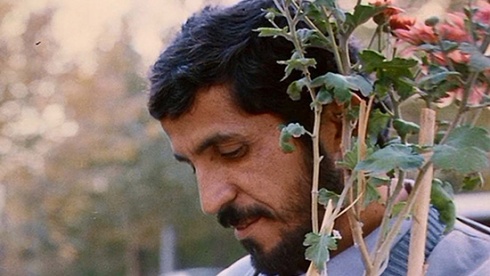
The main idea of Certified Copy comes from another determining film of Kiarostami called Close up. In Close Up Kiarostami follows the story of the real-life trial of a man who impersonated film-maker Mohsen Makhmalbaf, “conning a family into believing they would star in his new film”. The film has a documentary tone but you will be unable to determine which parts are re-make and which parts are real. The point is that Kiarostami for the first time in his career left to follow what’s happening rather than creating one! Dealing with his new role as a director, so to speak, and following the ones who are not themselves either, but occupying others’ place and identity brought him the question of originality and its importance. what is original? It’s now years since Julia Kristeva declared that all we do or say is just part of a concept called intertextuality. We like it or not are constantly in the dialogue with what we know, what we read, what we see and what we shamelessly, knowing or not, burrow from other texts/concepts. In a way, in fact, part of the joy of being art critic or more specific film critic is revealing and exploring this hidden connections and dialogues. so if that’s so, is there anything original? In fact there is, even though not in essence, but in the form, in the presentation, in the sort of combination of bits and pieces. but here there is another philosophical question. When I say Original, am I referring to Original as having the main importance and value and the copy as a worthless attachment? This is where the central question of Certified Copy arises. Without going much further in the details, Certified copy in this way, is a platform to put this question in the audience’s mind and somehow is to say that Copy not only certifies the original but also has its own original value and its own originality. Each copy owns its own journey, which may or may not follows the same journey of its original, if there is such a thing! and this idea reflected in every single scene and story line in the Certified copy!
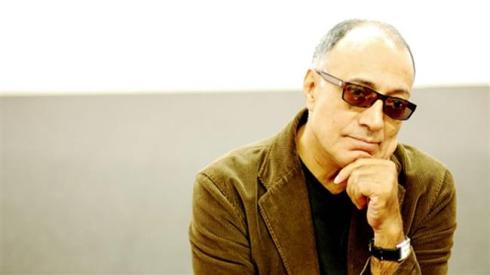
But watching Certified copy for someone who is familiar with Kiarostami’s world has another great pleasure and it’s due to the high level of inter-relatability of his movies, in a way that you feel somehow all his films are strongly connected to each other. And it’s not just about the story line or the characters but also goes as far as cinematic style and moments. The central theme of the Certified copy remind us The Report (1977) where we also involved in the life of another couple with a child with all its complicity. I briefly touched on Close Up before. The continuous way of talking between two main character, especially when they are in the car, is very much resemble Ten (2002). and many other scenes of his movies that shows people talking in the car with each other. Kiarostami believed that this is the perfect situation for dialogue; two persons sitting in front seat, facing forward, each seems to be in their own personal sphere but talking to each other as like talking to themselves. and the whole lot happening in the car which is also encompasses personal sphere at the same time that it’s outside in the public sphere. Car, in this way, is what Jacque Derrida, could call Threshold; something in the verge of outside and inside and not belonging to any of them!
Anyway, we can spend the rest of the day talking about this movie and Kiarostami. But I’m pretty sure you are not here for this debate and so without any more delay, here I invite you to experience this new journey of yours by watching Certified Copy.
Thank you!

